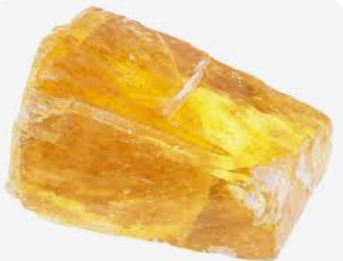Black Gum Rosin
|
IUPAC Name |
: C20H30O2 |
|
Cas Number |
: 8050-09-07 |
|
HS Code |
: 3806.10.10 |
|
Formula |
: C20H30O2 |
Basic Info
|
Appearance Name |
: Dark Cristal |
|
Common Names |
: Black Gum Rosin |
|
Packaging |
: (230 KG/ 80 DRUM) 22.54 MTS |

.webp)



 English
English
 Indonesian
Indonesian
 简体字
简体字
 العربية
العربية
 Español
Español
 Français
Français
 Português
Português
 日本語
日本語
 한국어
한국어
 Tiếng Việt
Tiếng Việt
